Commemorative Plaques to Andreas von Baumgartner on his childhood home in Frymburk
Dating: 18.–19. century, 1870, 1996
Annotation:
The memorial plaques of the physicist Andreas Baumgartner (1793-1865), which are mounted on the house in which he was born in Frymburk, commemorate the important scientific contribution he made. Besides writing a number of physics textbooks, Baumgartner is especially famous for his contribution to the construction of the first electric (or electromagnetic) telegraph in the Austro-Hungarian monarchy.
Description:
Andreas Baumgartner`s scientific involvement was mainly in the fields of natural sciences and technology, but he was also active in the political sphere. Baumgartner came from a Frymburk family of bakers and thanks to his great talent for studying, he was able to leave his family tradition and Frymburk to study. From the age of 11, he studied at the Latin School in Linz and was even then attracted to natural sciences and mathematics. From 1810 Baumgartner studied natural sciences at the University of Vienna. He was most interested in physics, and at was awarded a professorship in this field a very young age. He taught physics from 1817 at the lyceum in Olomouc, and from 1823 at the University of Vienna, and his three-volume 1824 work Die Naturlehre nach ihrem gegenwärtigen Zustand mit Rücksicht auf mathematische Begründung (The Science of Nature in its present state with regard to mathematical foundations) became a very popular and often republished textbook. This, as well as Baumgartner`s other textbooks, were almost the only physics textbooks in existence for various types of schools between the 1820s to the 1850s. During his time in Vienna, Baumgartner published the Zeitschrift für Physik und Mathematik (Journal for Physics and Mathematics) with his colleague Andreas von Ettingshausen, or also on his own; later the journal was called Zeitschrift für Physik und verwandte Wissenschaften (Journal for Physics and Related Sciences). Baumgartner was also famous for his popularizing science lectures for artists, craftsmen and the general public. However, Baumgartner had to leave teaching due to health reasons and held thereafter senior positions in industry. From 1846 he was in charge of the construction of telegraphic equipment and in this position, he was instrumental in the commissioning of the first electric telegraph line on the Brno-Vienna railway route. Later, Baumgartner was in charge of the construction of railways and after the revolutionary year of 1848 he was active in the political sphere. In 1851 he became president of the Vienna Academy of Sciences, a position he held for the rest of his life.
The first commemorative plaque on the house where Andreas Baumgartner`s was born dates back to 1870 and is written in German. On the left side of it is Baumgartner`s second commemorative plaque, which was placed on his family home on the occasion of the 150th anniversary of the first electric telegraph in Austria-Hungary. It is a Czech commemorative plaque donated by Telekom and the town of Frymburk. It was unveiled in 1996.
Connected places:
-
Keywords: physics; mathematics; electromagnetic telegraph, mathematical foundations of natural sciences, physics and mathematics journal, popularization of science
References:
Markus, J. K.: Městečko Frymburk, jeho okolí a slavní rodáci. Linec 1870.
Nový, L. a kol.: Dějiny exaktních věd v českých zemích. Praha 1961, s.170.
Internetové zdroje:
Andreas von Baumgartner, Kohoutí kříž. URL: https://www.kohoutikriz.org/autor.html?id=baumg [7. 7. 2021].
Pj: Andreas Baumgartner, Encyklopedie Český Krumlov. URL: https://encyklopedie.ckrumlov.cz/cz/osobno_bauand/ [15. 8. 2021].
Author's initials: LeO
Photos:
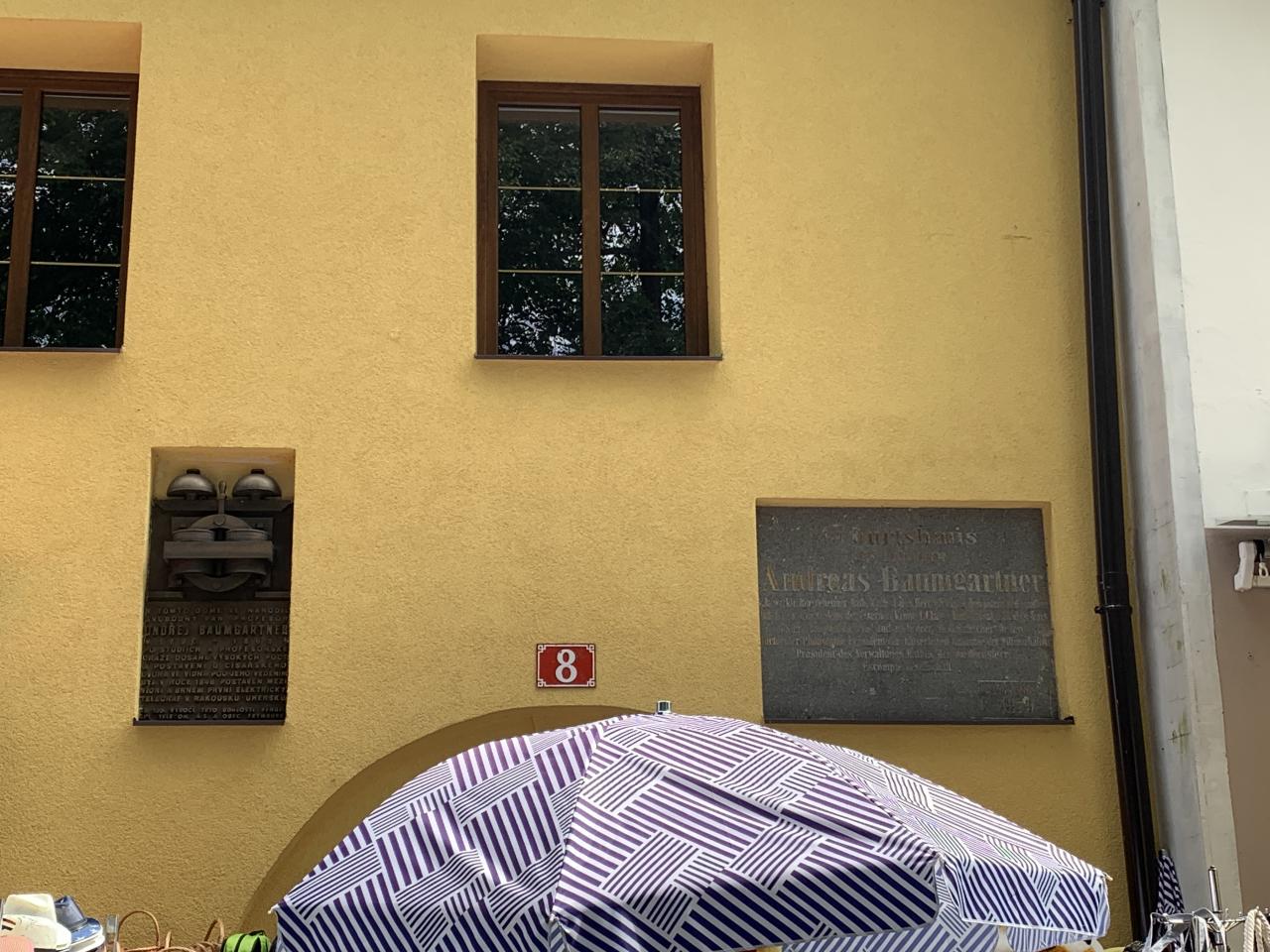
(Author: )
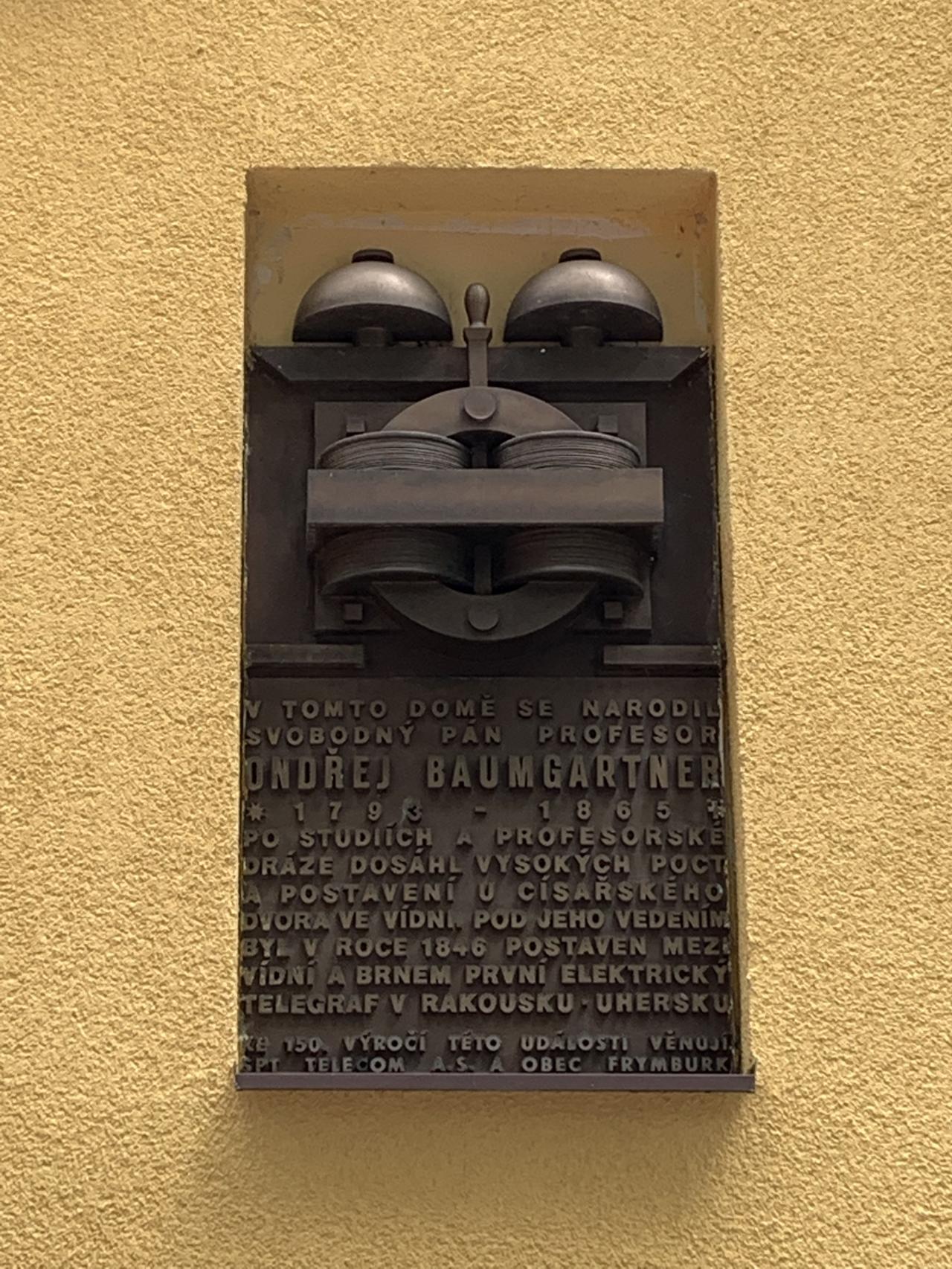
(Author: )
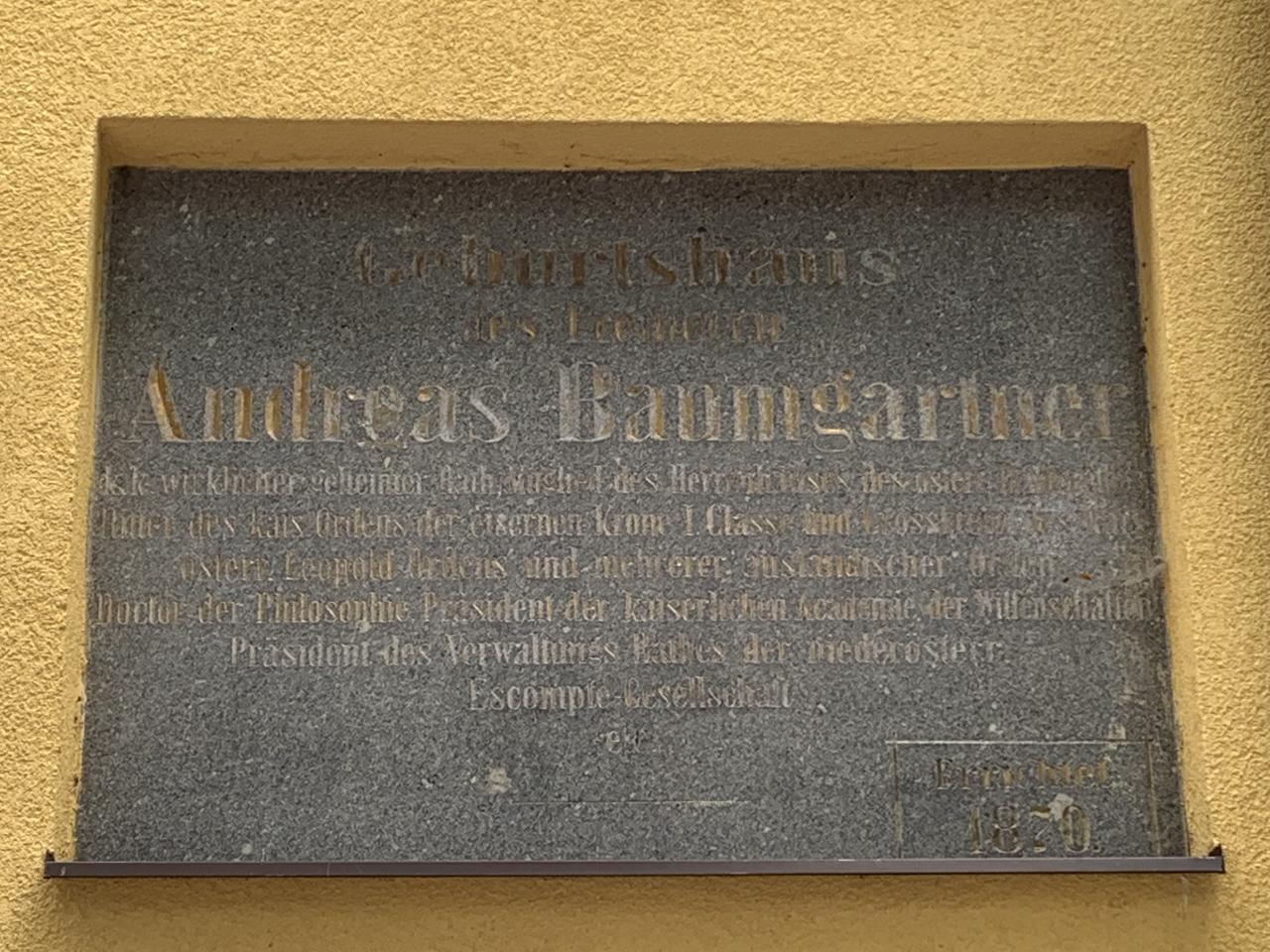
(Author: )
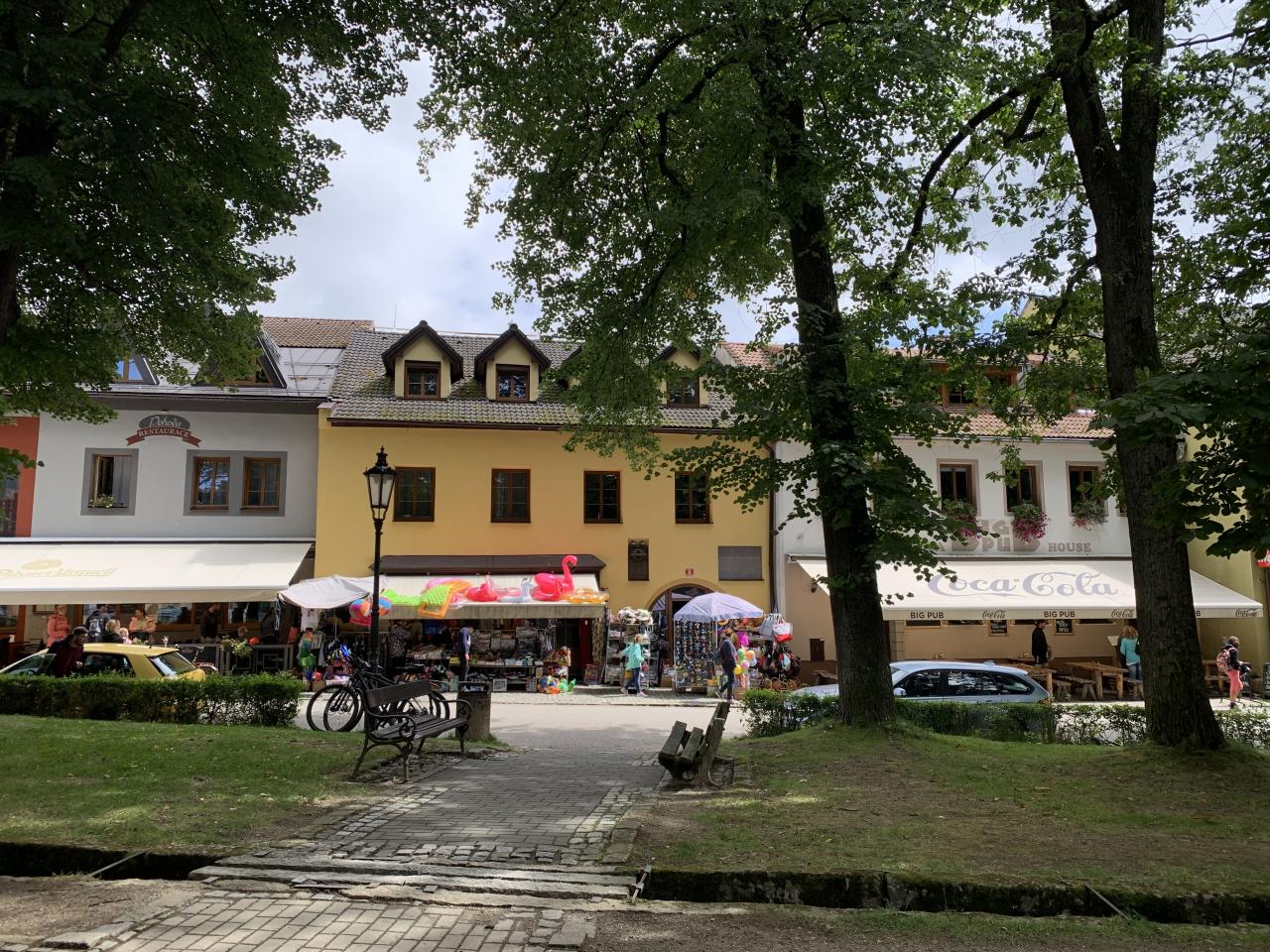
(Author: )
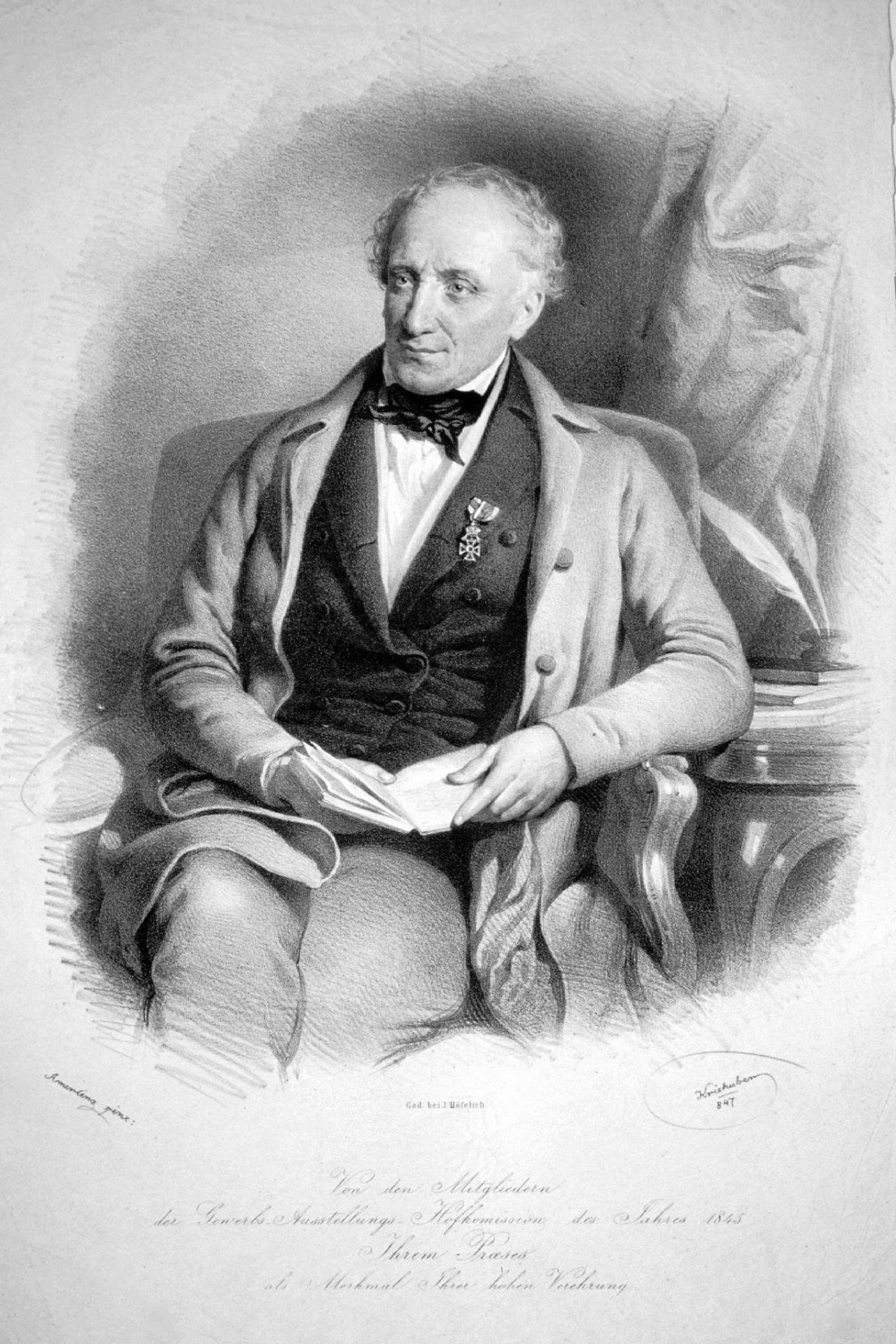
(Author: )





